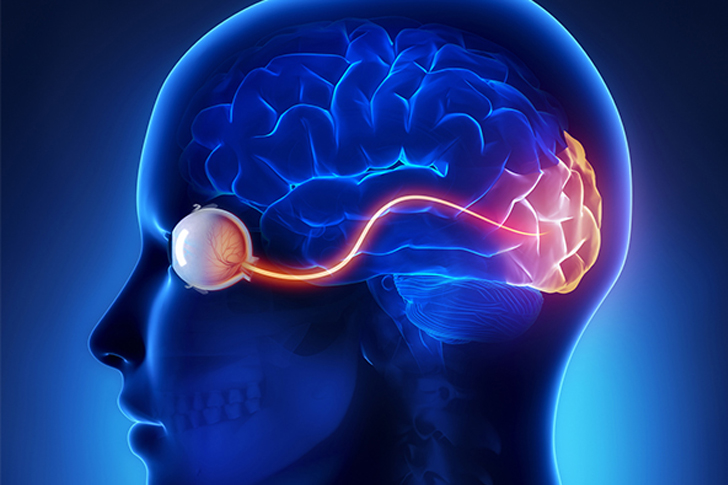Understanding NMOSD: Essential Information
Introduction to Neuromyelitis Optica Spectrum Disorder (NMOSD)

Neuromyelitis Optica Spectrum Disorder (NMOSD) is an autoimmune disorder characterized by severe inflammation and demyelination of the central nervous system, primarily affecting the optic nerves and spinal cord. Initially considered a variant of multiple sclerosis (MS), NMOSD is now recognized as a distinct condition with unique diagnostic criteria and treatment approaches. This chronic disorder can lead to varying degrees of vision loss and spinal cord dysfunction, significantly impacting quality of life.
Epidemiology of NMOSD
The prevalence and incidence of NMOSD vary worldwide, affecting about 0.5 to 10 individuals per 100,000. It is more prevalent in non-Caucasians than Caucasians and primarily afflicts women, with a female-to-male ratio of approximately 9:1. The typical age of onset is between 40 and 50 years, but NMOSD can occur at any age, including in children and the elderly. These statistics highlight the demographically skewed nature of NMOSD, suggesting hormonal and genetic factors could play a role in disease susceptibility.
Clinical Features and Diagnosis
NMOSD presents with varying symptoms, but the most prominent include optic neuritis, which leads to pain and vision loss in one or both eyes, and transverse myelitis, which causes limb weakness, sensory disturbances, and bowel and bladder dysfunction. Less common symptoms include intractable nausea and vomiting, often related to an area of the brainstem called the area postrema, which regulates vomiting. Diagnosis of NMOSD involves MRI scans to detect lesions in the optic nerves and spinal cord, blood tests to identify the presence of AQP4-IgG antibodies (present in about 70-80% of cases), and lumbar punctures to examine cerebrospinal fluid (CSF) for inflammatory markers.
The Role of AQP4-IgG in NMOSD
The discovery of aquaporin-4 antibodies (AQP4-IgG) has been pivotal in differentiating NMOSD from MS and other inflammatory disorders of the central nervous system. AQP4, the most abundant water channel in the central nervous system, is expressed on astrocytes, which are essential for maintaining the blood-brain barrier and neuronal function. The binding of AQP4-IgG to these water channels initiates a cascade of immune responses, resulting in severe inflammation and astrocyte injury. Identifying the presence of these antibodies through blood tests offers a crucial diagnostic marker and has implications for targeted therapies.
Treatment and Management of NMOSD
The management of NMOSD primarily focuses on acute attacks and prevention of relapse. High-dose corticosteroids are the first line of treatment during acute flares to reduce inflammation. For severe cases, plasma exchange (PLEX) is employed to remove AQP4-IgG antibodies from the blood. In terms of preventive treatment, immunosuppressive drugs like rituximab, mycophenolate mofetil, and azathioprine have been effective in reducing the frequency of relapses.
Recent advancements in the treatment of NMOSD include the approval of newer therapies specifically targeting the pathogenic mechanisms of the disease. These include eculizumab, a complement inhibitor that prevents the immune system from attacking the myelin sheath; inebilizumab, a CD19 B-cell depleter; and satralizumab, an interleukin-6 receptor inhibitor. These targeted treatments offer hope for better disease management and improved outcomes for patients.
Living with NMOSD
Living with NMOSD can be challenging due to its potential for causing sudden and severe disabilities. Multidisciplinary care involving neurologists, ophthalmologists, physical therapists, and mental health professionals is crucial for managing the disease. Patient education on symptom management and treatment adherence is vital for improving outcomes. Additionally, support groups and counseling can help patients and their families cope with the emotional and psychological burdens of the disease.
Conclusion
NMOSD is a complex and challenging autoimmune disorder that requires comprehensive clinical care and innovative treatment approaches. Understanding its pathophysiology, coupled with accurate diagnostic methods and targeted therapies, is essential for effective management. Continued research and increased awareness are critical to improve prognosis and enhance the quality of life for those affected by this debilitating condition.
As the field evolves, it is hoped that further developments in treatment and management will provide even greater opportunities for those diagnosed with NMOSD to lead full and active lives.







Recent Comments